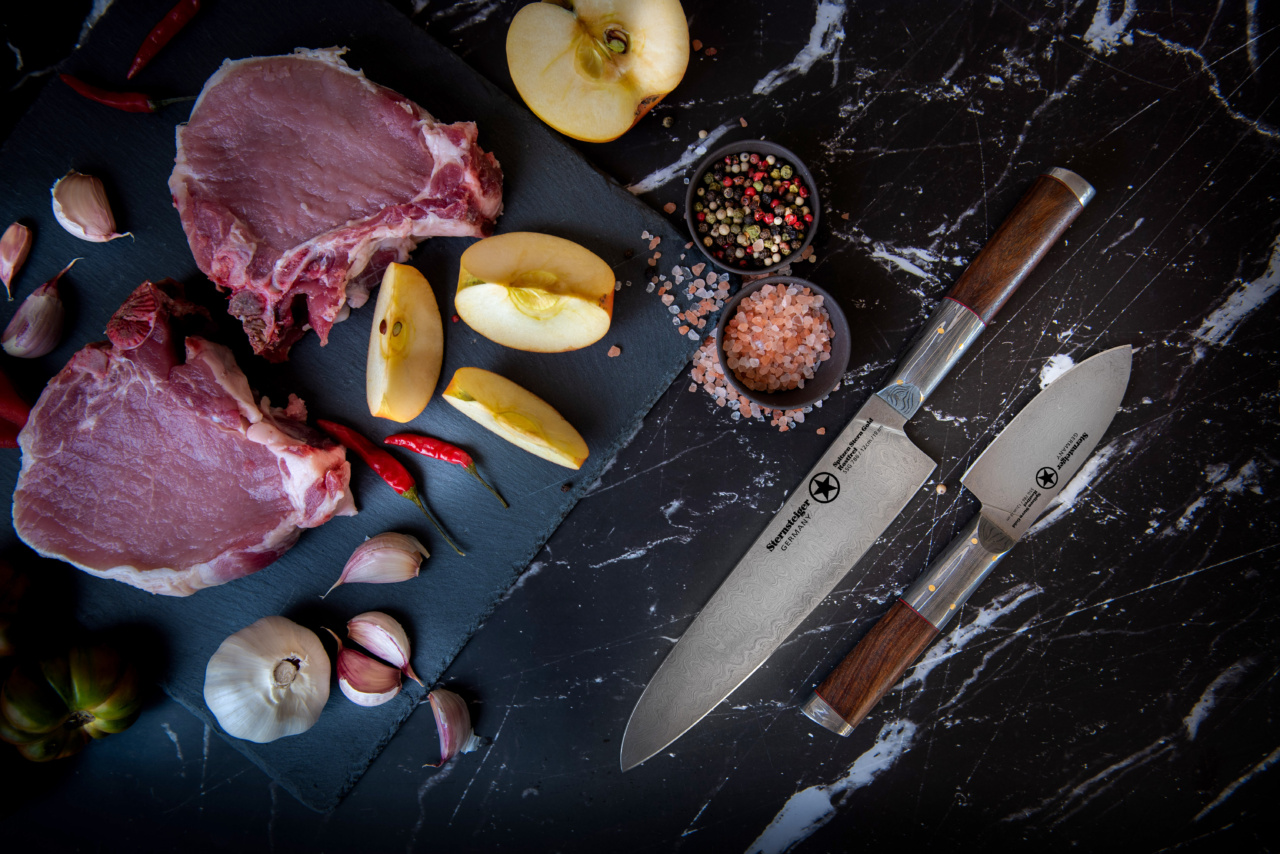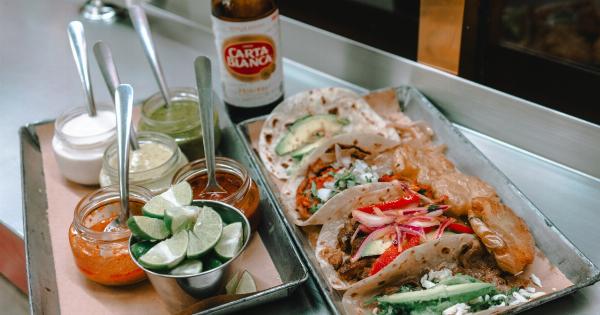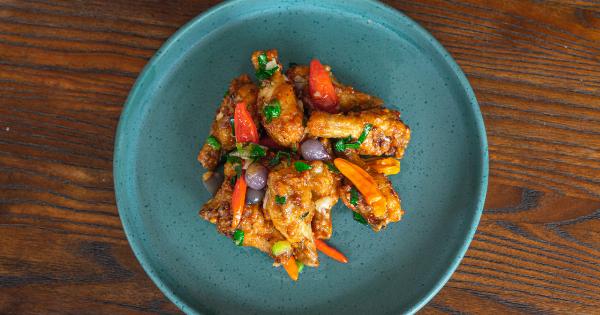Meat is a staple in many diets around the world. It is a great source of protein, vitamins, and minerals. However, consuming undercooked or improperly cooked meat can pose several health risks, including foodborne illnesses.
As such, it is essential to know the safe meat cooking methods to avoid these health risks. In this article, we will discuss the safe meat cooking methods that will help you to prepare and cook meat in a safe way.
1. Preparing Meat for Cooking
Before cooking meat, it is essential to prepare it properly. Here are some tips on how to prepare meat:.
Cleaning and Washing
The first step to preparing meat is to clean and wash it thoroughly. This removes dirt, bacteria, and dust from the meat. Before washing, ensure that your hands, utensils, and surfaces are clean. Use warm, soapy water to wash the meat.
Rinse it thoroughly with water and pat dry with a clean cloth.
Trimming and Removing Excess Fat
Trimming meat before cooking removes excess fat, tendons, and gristle from the meat. This makes it easier to cook and reduces the risk of attracting bacteria. Use a sharp knife and cut off visible fat from the meat.
Thawing Meat Safely
It is essential to thaw frozen meat safely before cooking to prevent the growth of bacteria. You can use a microwave, cold water, or thaw in a refrigerator. Ensure that you do not thaw meat on the kitchen counter as this can lead to bacteria growth.
2. Cooking Meat Safely
Once you have prepared the meat, the next step is to cook it safely. Here are the safe meat cooking methods:.
1. Cooking Meat at the Right Temperature
Meat must be cooked at the correct temperature to kill any bacteria present. Use a meat thermometer to check internal meat temperature. Beef, pork, lamb, and veal must be cooked to 145 degrees Fahrenheit.
Ground meat, like ground beef and turkey, must be cooked to 160 degrees Fahrenheit, and poultry must be cooked to 165 degrees Fahrenheit.
2. Use Safe Techniques for Grilling Meat
Grilling is an enjoyable cooking method, but it requires safe techniques. Here are some tips to grill meat safely:.
- Always preheat the grill before placing the meat on it.
- Clean the grill to prevent bacteria growth on the grill.
- Use a meat thermometer to check the internal temperature of the meat.
- Avoid charring the meat, as this can increase the risk of cancer.
3. Safe Methods for Roasting Meat
Roasting is a popular method of cooking meat. It is essential to use safe methods to avoid foodborne illnesses. Here are some tips for roasting meat safely:.
- Always preheat the oven before placing the meat in it.
- Cook meat on a rack to allow fat to drip away from the meat.
- Use a meat thermometer to check the internal temperature of the meat.
- Cover the meat with foil to keep it from drying out.
4. Safe Methods for Boiling Meat
Boiling is an effective way of cooking meat, but it requires safe methods. Here are some tips for boiling meat safely:.
- Cut the meat into small pieces to ensure even cooking.
- Add enough water to cover the meat and bring to a boil.
- Reduce the heat and let the meat cook until tender.
- Use a meat thermometer to check the internal temperature of the meat.
5. Safe Methods for Frying Meat
Frying is another popular method of cooking meat. It requires safe methods to prevent bacterial growth and foodborne illnesses. Here are some tips for frying meat safely:.
- Preheat the pan before frying.
- Use oil with a high smoke point, like vegetable oil.
- Do not overload the pan with meat as this can cause the temperature to drop.
- Use tongs to turn the meat to prevent piercing it and losing moisture.
- Use a meat thermometer to check the internal temperature of the meat.
3. Storing Leftover Meat Safely
Leftover meat must be stored safely to avoid bacterial growth and contamination. Here are some tips:.
- Cool the meat before storing it in an airtight container.
- Store the meat in the refrigerator at a temperature below 40 degrees Fahrenheit.
- Label and date the meat to keep track of how long it has been stored.
- Use leftover meat within three to four days of storage.
Conclusion
In conclusion, preparing and cooking meat safely is essential to avoid foodborne illnesses.
The above-discussed safe meat cooking methods will ensure that you cook meat safely and protect yourself and your family from health risks associated with consuming improperly cooked meat. Remember to clean and wash the meat thoroughly, cook at the correct temperature, use safe cooking methods, and store leftover meat safely.































